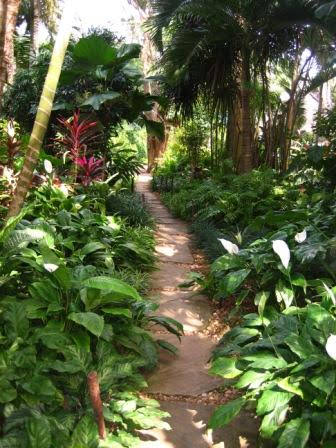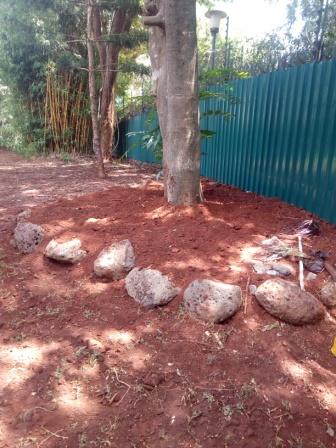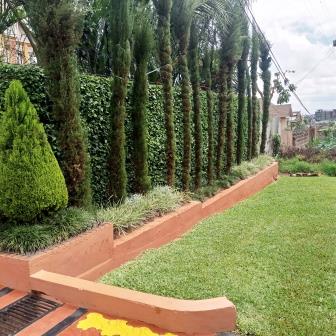Many of us have this romanticized view of gardening as sun-drenched landscapes and vibrant blooms basking in the light. Well this is not always the case. Your garden could be nestled beneath the canopy of mature trees or tall adjacent buildings whose shadows are unforgiving. Do you throw your hands in the air because nothing seems to grow here, or creatively practice the art and science of gardening under shade and unlock a word of lush green, serene beauty?
Here we go through the paces and explain how you can attain your gardening goals even when the space is cast in shadow-and have you transform your shaded spaces where plants flourish in the most unexpected ways.

Challenges associated with gardening under shade
If you are lucky your ground will have dappled or light shade where a building or some trees cast moderate shade. However if your shade occurs under Ficus, Conifers or other trees with dense foliage you will have to battle the constraints presented by shade.
These challenges include inability of the sun’s rays blazing the ground, and worse even when it rains, the ground is hardly soaked well. In addition, if the trees have shallow root system the roots will compete for water and nutrients with whatever you plant. The result is a cold, dry, shady and impoverished spot. Sometimes the roots proliferate at the surface level making no space available for growing plants
Faced with such a seemingly impossible situation it is not uncommon to find home owners giving up in despair; one side of the garden well tended and lush, but a bare spot at the corner with no growth whatsoever!
Here are techniques to use when gardening under shade
What kind of shade is cast?
Is it dappled shade, light shade or dense shade. You need to identify the intensity of the shade as this will help you identify the right plants for each particular spot.
Choice of plants

Nothing will grow under shade that was not meant to grow under shade. Therefore having identified the nature of the shade cast, get the appropriate plants that can thrive here.
What kind of plants grow under shade?
Often plants that grow under shade will have the following characteristics;
-Variegated plants
-Plants with dark green leaves.

Some plants like begonias, impatiens, Clivias and spathyphyllums will still give remarkable flower colour under shade . It is the perennials however which will give your garden under shade a distinctive look through their attractive and interesting foliage.
Maranthas, cannas, sanseveria, dracaena, anthuriums and philodendrons, ferns,herbastii, caladiums and calathea are some of the common shade tolerant plants.
Shade tolerant groundcovers include aptenia, wedelia, liriope, vincas, English ivy, spider plants and yellow arch angel.
Soil.
All gardening starts in the soil. Good plants will not survive without a properly enriched soil. Ensure your space has ample organic compost. Advantage with compost is that it holds moisture for long and your plants won’t be starved of moisture.
Above ground roots
This is a common problem where you find roots dominating the space. Where tree roots dominate, and leave no depth for planting anything, make a raised bed. Raised beds give you a chance to create soil depth in which to grow plants. Arrange rocks or building blocks around the root or over them and add soil. Mix this soil with lots of compost.

Grass
If you are to grow grass in a shaded area, go for grass types that tolerate shade. Such types include Zimbabwe grass, pemba
Watering your shade garden
In watering shade gardens, water deeply to avoid excessive evaporation. Avoid light quick sprinkles which further encourage surface root growth by the trees. Even when it is raining, do not assume your shade garden is watered. Check to confirm the depth of percolation. If inadequate, water.
Should it prove difficult to garden under shade due to poor soil condition and shallow tree roots, you can give it one last stand by planting desired plants in pots and placing them around the tree trunk. Besides camouflaging the ugly spot, your potted garden will also be easy to manage.


Leave a Reply